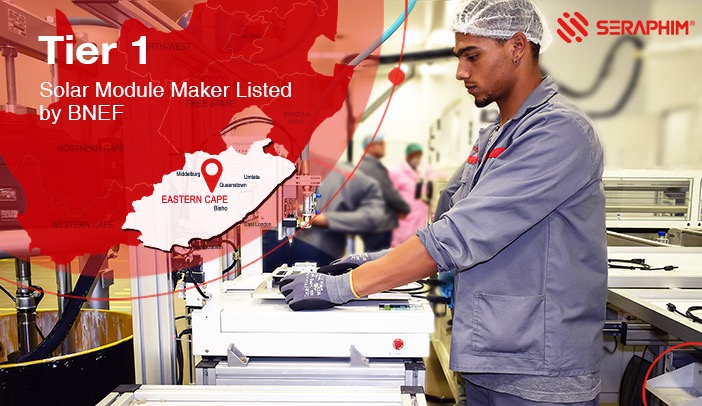- The governments of Namibia and Botswana are considering deploying huge volumes of generation capacity over two decades.
- The project, still in its initial phase, is being supported by the World Economic Forum’s Global Future Council on Energy.
The World Economic Forum’s (WEF) Global Future Council on Energy, which includes international entities such as the World Bank Group, African Development Bank and International Renewable Energy Agency, has revealed the governments of Botswana and Namibia are planning to develop 5 GW of solar capacity over the next two decades.
The WEF said the project would be developed through a multi-phase procurement program. The two countries were described as ideal for gigawatt-scale solar due to their high solar radiation, strong legal and regulatory environments, suitable land availability and potential to host a low-cost, efficient electricity market to meet rising demand in the region.
“The market for electricity produced by the mega-solar projects in Botswana and Namibia includes 12 other countries in the region that could be connected via new and/or upgraded transmission infrastructure,” the WEF said.
Multi-phase project
PV and concentrating solar technology could be used for the huge project.
The first phase could see a 300-500 MW solar tender to meet domestic demand. A second stage, planned to allocate 0.5-1 GW more solar, would be to generate power for export. A third and final phase would see the contracting of 1-3 GW more generation capacity for electricity to be traded across Africa’s regional power pools.
“Members of the WEF Global Future Council on Energy continue to meet with officials from Botswana and Namibia to advance this ambitious effort”, the international agency added.
A huge leap
Namibia and Botswana are currently implementing solar plans, although at a more limited scale. Namibia’s state-owned electric utility NamPower recently announced a plan to add 220 MW of renewables capacity, including 40 MW of solar. That, said the utility, would make it the leading electricity provider in the Southern African Development Community of 16 countries.
Cross-border counterpart the Botswana Power Corp in mid-August issued a request for qualification for the development and construction of two PV plants with a combined capacity of 100 MW.
Both countries want to reduce their dependence on power imports from South Africa, which is facing a power crisis due to the financial and operational troubles of state-owned utility Eskom. The ambitious 5 GW scheme being mooted could conceivably see the tables turned, with Namibia and Botswana exporting power to their regional neighbour.
Author: Emiliano Bellini
This article was originally published in pv magazine and is republished with permission.
Seraphim Solar has a solar panel factory in South Africa servicing the African continent. Read more
Earlier this year, Seraphim climbed into Bloomberg’s Top 10 Tier 1 ranking making their modules highly bankable. EPC’s and IPP’s operating in South Africa and the rest of the African continent are encourage to place orders with Seraphim in order to support local industry and job creation.
Prices and range are highly competitive catering for the small and large scale projects. The Seraphim sales department is ready to take your enquiry, simply drop them a mail: sales@seraphim-solar.co.za or call the sales team on +27 87 373 0813
















